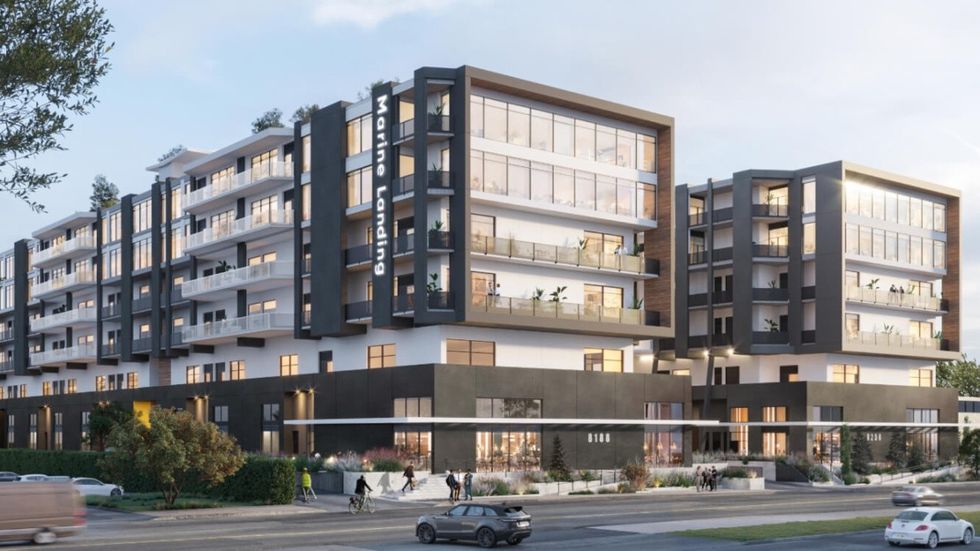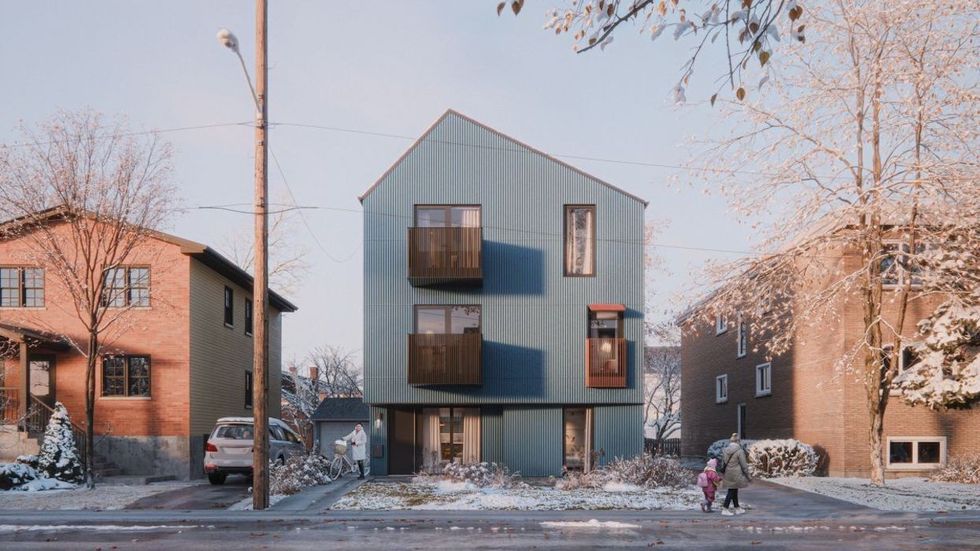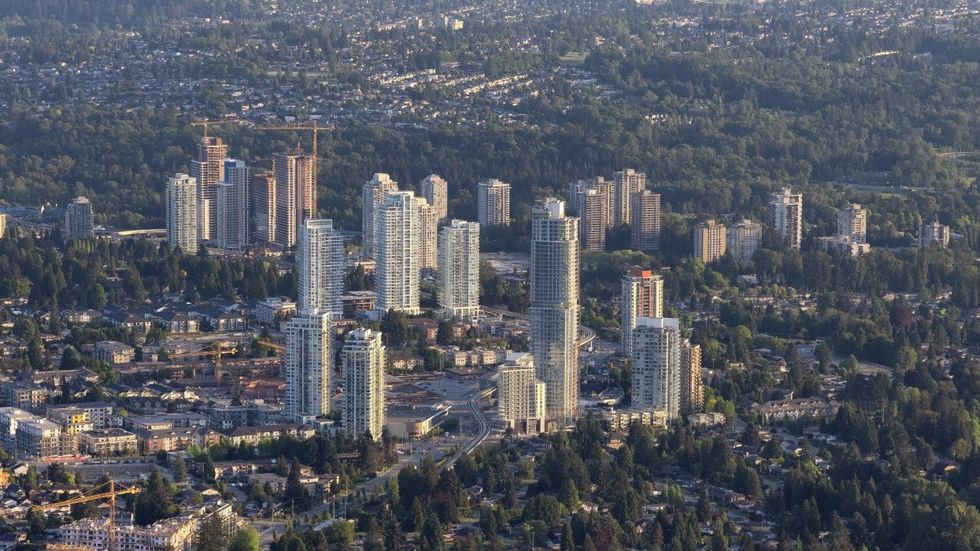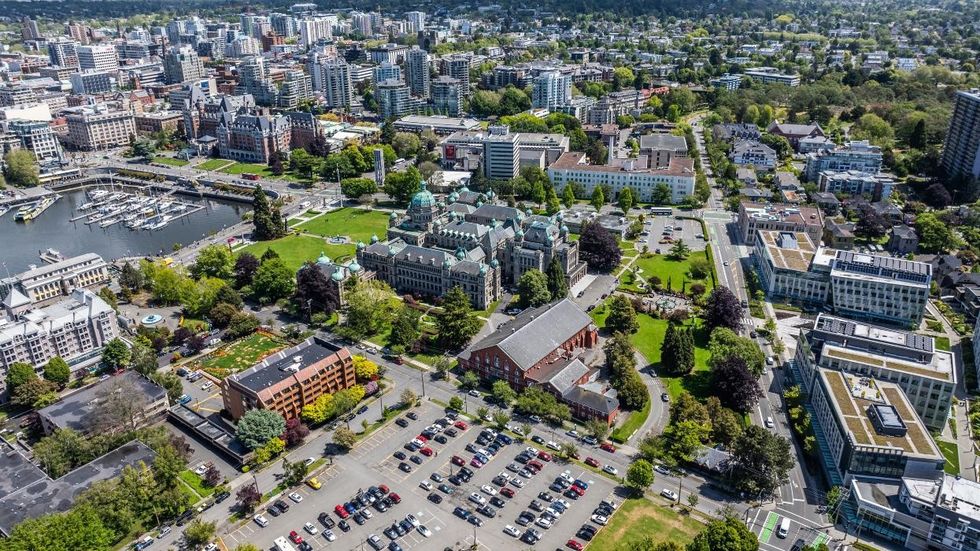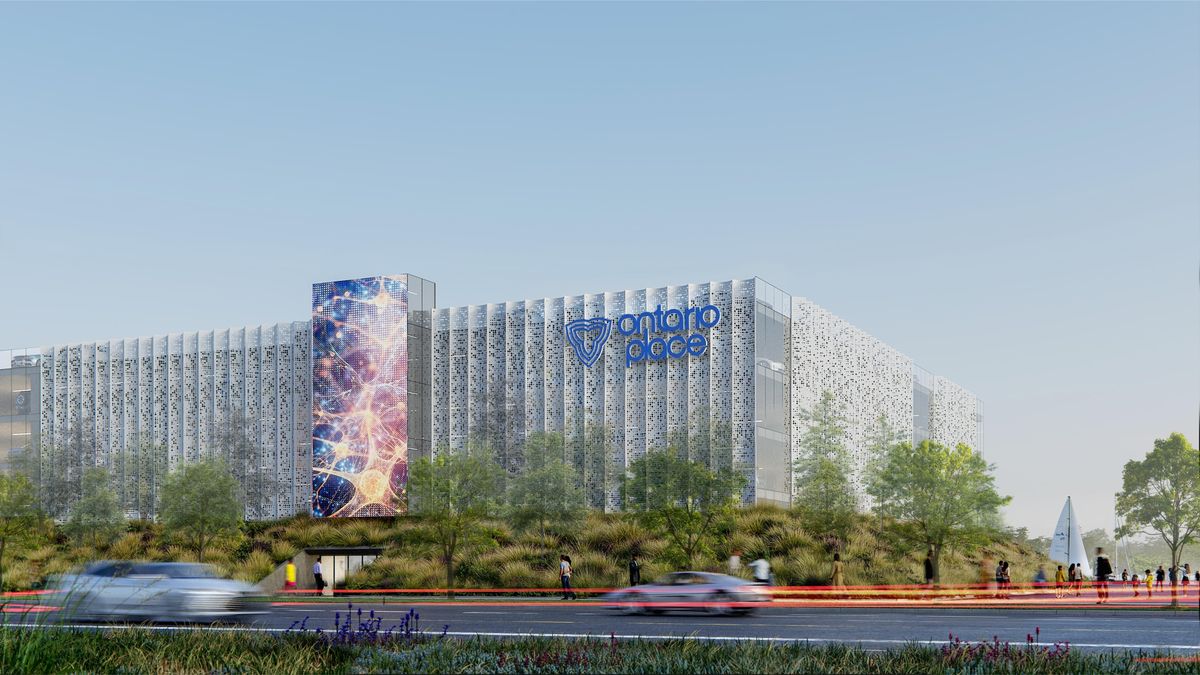As demand for office space continues to decline, colleges and universities are swooping in to pick up the square footage left behind.
A seamless alternative to residential conversions, the trend has been playing out across the Greater Toronto Area since the start of the pandemic, with a noticeable uptick over the last year as the number of international students coming to Canada grows.
"The big drivers that are really impacting our office market — like remote work and how space is going to be utilized in the future — those don’t seem to have a lot of impact on the education sector. Students don’t have to deal with the same issues," Joe Almeida, Principal and Managing Director, Ontario, at Avison Young told STOREYS.
"With the continued immigration into Canada and the growing need for skilled workers, we’re seeing that schools are really stepping up and filling that gap and, in essence, assisting with the office market by leasing up a lot of the space."
There has been an "enormous amount of activity" on both the leasing and sales sides throughout 2023 Almeida said, noting "it certainly has become quite a trend." Examples include ILAC's new 121,000-sq.-ft lease at 120 Bloor Street East, and a 36,000-sq.-ft space nabbed up by Western University.
Although office-to-residential conversions have been all the rage recently, office-to-education conversions are far simpler; the infrastructure, like heating, air conditioning, and security, are typically already in place, and an interior remodel is often all that’s required to turn boardrooms into classrooms and cubicles into cafeterias.
Colleges and universities are more focused on location, rather than quality. And with a flight to quality amongst office users — tenants are eyeing new, amenity-heavy Class A buildings in the hopes of luring workers back to their desks — Class B and C buildings are getting a new lease on life courtesy of coeds.
However, despite a flurry of interest from the education sector, the GTA office market is still facing an uphill battle.
According to data from Avison Young, the overall availability rate across the GTA office market sat at 18.1% in Q3 2023, unchanged from Q2, while the overall vacancy rate increased 50 basis points to 12.5%. On an annual basis, both measures have increased by over 200 bps.
Throughout the GTA, there were 231 buildings with more than 50,000 sq. ft. of space available in Q3. Negative absorption for the quarter totalled 1,135,900 sq. ft., bringing the year-to-date figure to -2,943,100 sq. ft.
"It’s great that we’re seeing the education sector step up and take some of the space, because it’s a very challenging market," Almeida said. "We are starting to see the market improve slowly.... I think 2024 is going to be a very slow move in the positive direction. But it’s definitely a challenging market for the office sector for another little while."













